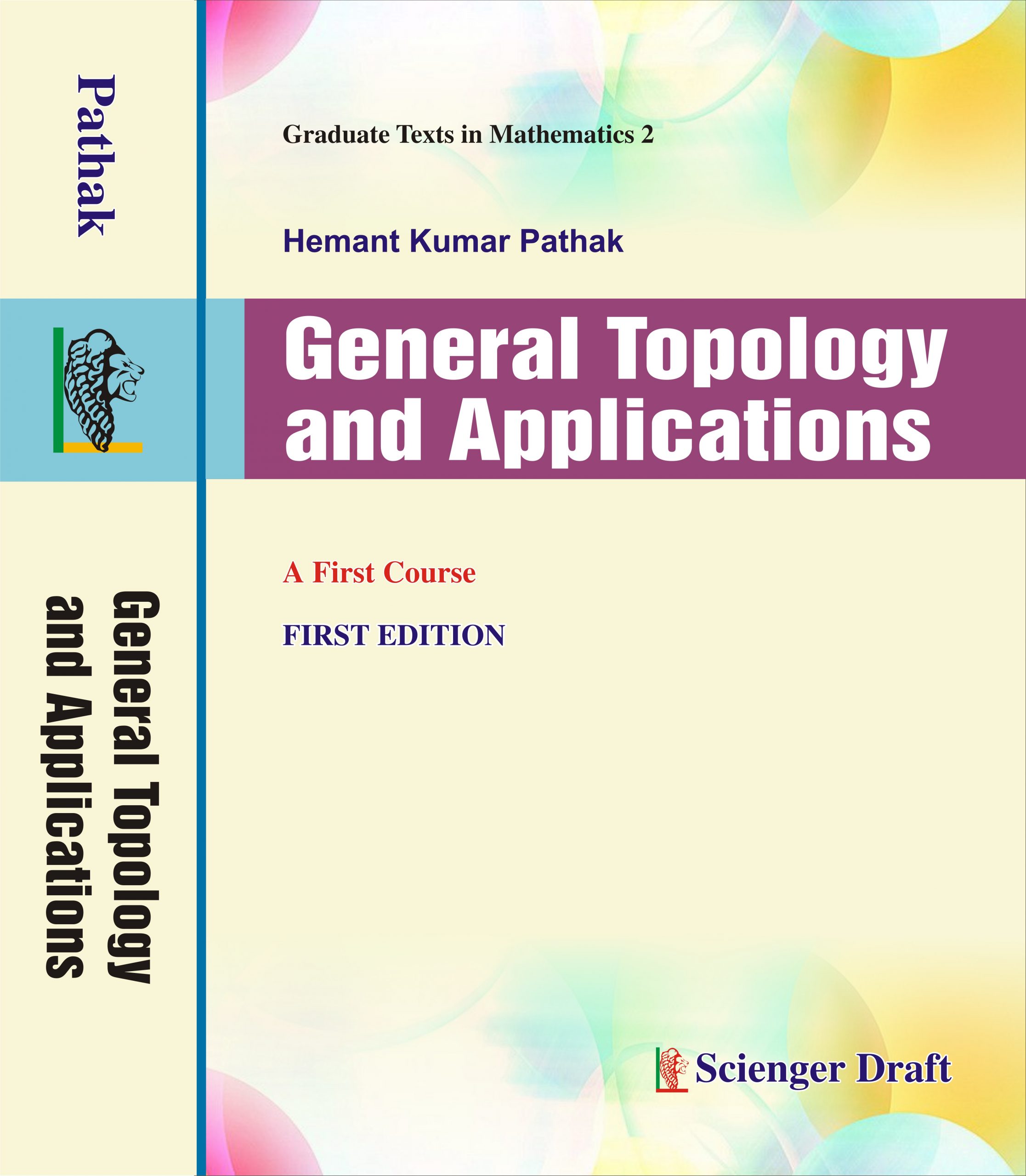Topology, often described as “rubber-sheet geometry,” invites one to contemplate the inherent properties of space and shape that remain invariant under continuous deformations. While traditionally associated with abstract mathematics, the applications of topology extend far beyond theoretical realms. Surprisingly, various fields have harnessed its principles, leading to innovative solutions and creative endeavors. This exploration of topology’s applications may leave one pondering: how could a seemingly esoteric concept reshuffle various industries? Herein lies a thoughtful examination of the myriad ways topology shapes our world.
1. Data Analysis and Machine Learning
In the digital age, where data proliferates exponentially, understanding complex data structures is paramount. Topological Data Analysis (TDA) emerges as a powerful computational tool that employs topological concepts to extract meaningful insights from high-dimensional data. Utilizing persistent homology, TDA identifies features in data that remain stable across scales. This methodology has proven revolutionary in fields ranging from neuroscience—where it offers insights into the brain’s intricate network—to protein structure analysis in bioinformatics. By characterizing data shapes, TDA enables researchers to recognize patterns that may elude conventional statistical methods.
2. Robotics and Motion Planning
In robotics, the challenge of motion planning—determining how a robot can navigate a given space without collisions—significantly benefits from topological insights. The configuration space, a fundamental concept in topology, describes all possible positions and orientations of a robot. By employing techniques from algebraic topology, roboticists can devise efficient algorithms for pathfinding. These algorithms account for obstacles in complex environments, ensuring that robots can traverse spaces akin to how a topologist would envision deformation of shapes without tearing or gluing. Thus, topological principles are not merely abstract but vital in rendering practical solutions for robotic navigation.
3. Quantum Computing
The realm of quantum mechanics introduces perplexing challenges, yet topology provides a framework to tackle these issues. Topological quantum computing leverages the non-abelian anyons—quasiparticles that exist in two-dimensional systems—to create qubits that are inherently protected from local disturbances. This robustness derived from topology posits a potential avenue for creating stable quantum computers resistant to errors and decoherence. The manipulation of these topological states could redefine the landscape of computational power, paving the way for advances in cryptography and complex simulations.
4. Neuroscience and Brain Mapping
The human brain, an intricate network of neurons, is often explored through the lens of topology. Researchers employ topological methods to map the brain’s structural and functional organization. By characterizing the brain’s connectome—its network of neural connections—scientists can uncover the topological properties that correlate with cognitive functions and behavioral patterns. Understanding how different regions of the brain interconnect through topological transformations enriches our comprehension of mental disorders and neurological diseases, presenting an avenue for developing targeted therapeutic approaches.
5. Materials Science and Topological Insulators
In the field of materials science, topology reveals underlying properties that govern the behavior of materials. Topological insulators, for instance, exhibit fascinating characteristics, allowing electrical conduction on their surfaces while remaining insulating in their bulk. This phenomenon arises from the material’s topological order, leading to potential applications in low-power electronics and spintronics. Researchers actively explore how manipulating these topological properties can result in new material designs that enhance electronic performance or enable novel functionalities.
6. Art and Aesthetics
The intersection of topology and art may seem distant; however, the principles of topological transformation find resonance in artistic expression. Artists employ concepts like Möbius strips and Klein bottles to create works that challenge conventional perceptions of dimensions and space. These art pieces invite viewers to engage with abstract concepts, blurring the line between mathematical precision and creative expression. Moreover, the use of topology in digital art and virtual reality experiences allows creators to forge immersive environments that play with the viewer’s sense of presence and perception.
7. Epidemiology and Disease Spread
As global health surveillance becomes increasingly vital, topology contributes to understanding disease dynamics. Epidemiologists employ network topology to model the spread of infectious diseases, elucidating how individuals connect and interact within populations. By analyzing the structural properties of contact networks, researchers can identify critical nodes that significantly influence the transmission of pathogens. This insight is pivotal in designing effective interventions, emphasizing the role of topology in public health initiatives and the promotion of societal well-being.
8. Social Sciences and Network Theory
Beyond biological systems, topology figures prominently in social sciences through network theory. Social networks, whether examining friendships or organizational structures, can be analyzed using topological frameworks to uncover the robustness and vulnerabilities within a system. By mapping social interactions as topological graphs, researchers can identify influential nodes, monitor information flow, and analyze community structures. The flexibility of topological analysis yields valuable insights into human behavior and societal trends, reinforcing the relevance of topology in navigating complex social landscapes.
In conclusion, topology’s surprising applications span diverse disciplines, underscoring its foundational role in both theoretical and applied contexts. Whether it be advancing computational techniques, nurturing innovations in material science, or enhancing our understanding of human cognition, the interplay of topology and various fields offers an abundance of opportunities and challenges. As our understanding continues to evolve, one must contemplate: what other realms await transformation through the lens of topology? The possibilities seem limited only by our imagination, urging further exploration into this captivating area of study.












